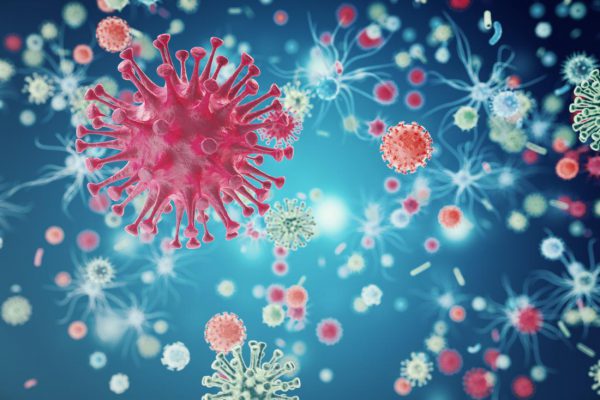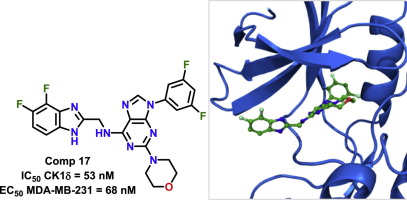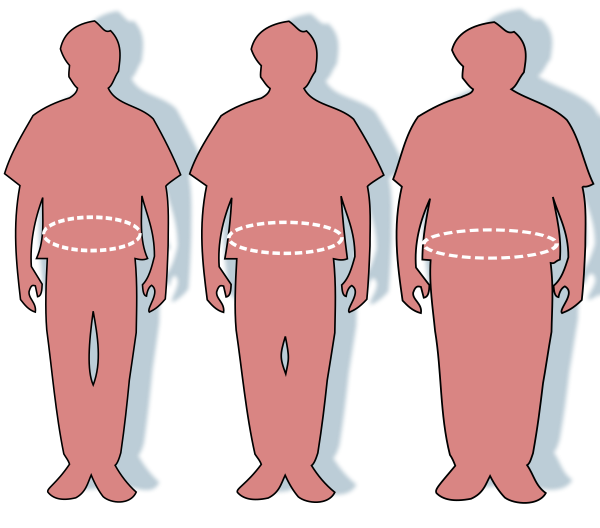
Mon, 2018/07/02
Immunity: Why Can't HIV Be Cured? Scientists Find the Key Mechanism!

Mon, 2018/07/02
PNAS: A Key Switch in Biological Clocks Found

Fri, 2018/06/08
Two Articles Revealed a Specific Gene That Makes the Human Brain Big—NOTCH2NL

Thu, 2018/05/31
Ways to Promote Durable Weight Loss in Obese Patients Found

Wed, 2018/05/30
Nature: Multiple Parkinson's Related Brain Disorders May Stem from Different Strains of α-Synuclein

Tue, 2018/05/08
The Latest Research Progress in Cancer Resistance (II)

Tue, 2018/05/08
The Latest Research Progress in Cancer Resistance (I)

Thu, 2018/05/03
Cell: Special Cancer Protein Brings Hope for New Targeted Cancer Therapies
